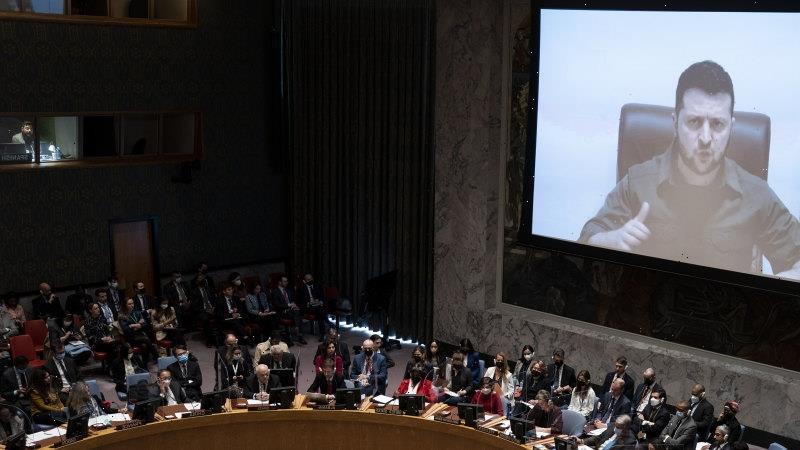By this point in the pandemic, most adults know that they can — and, really, should — get their first COVID-19 booster shot if they haven’t already. And, as of Jan. 4, adolescents as young as 12 are eligible to get their first boosters as well.
With pediatric COVID-19 cases reaching their highest peak in late January, according to data from the American Academy of Pediatrics, it’s absolutely crucial for young people to be as protected as they can be against the virus.
Data suggests that protection from the original COVID-19 vaccine series wanes after about six months, Dr. Jaime Deville, clinical professor of pediatrics in the division of infectious diseases at the David Geffen School of Medicine at UCLA and UCLA Mattel Children’s Hospital, told TODAY.
That, plus evidence showing that omicron and the new BA.2 subvariant can evade some of the protection from vaccines, makes boosters an important tool to stay as safe as possible while the pandemic continues, Deville said.
How old do you need to be to get a booster shot right now?
People age 12 and older may be eligible for a COVID-19 booster depending on which vaccine they received originally and how long ago they received it, the Centers for Disease Control and Prevention say.
If you’re age 12 and older and originally got your Pfizer-BioNTech mRNA series at least five months ago, you’re eligible to get a Pfizer booster shot, the CDC says. Right now, the Pfizer vaccine is the only one available to people below the age of 18, so adolescents don’t need to worry about the potential for mixing and matching their boosters at the moment.
Moderna submitted data to the Food and Drug Administration for kids ages 12 to 17 last year and submitted data for kids younger than 12 in March. The company is hoping to have the authorization for its vaccine for adolescents in the first half of this year.
What are the most common booster side effects in this age group?
The side effects from the booster shots appear to be similar to those from the original series in this age group as well as in adults, Dr. Steven Zeichner, a pediatric infectious disease specialist at UVA Health, told TODAY.
For those who received the Pfizer shot, that might include:
Pain at the injection site.
Redness or swelling at the injection site.
Muscle or joint pain.
Fatigue.
Chills.
It’s important to remember that the side effects are temporary (lasting between two and three days in most cases) and can usually be effectively managed with over-the-counter pain medication.
“I almost welcome those feelings because it gives me the sense that my immune system is really kicking in and learning how to recognize the virus,” Zeichner said.
One of the more serious potential reactions to the vaccine is an allergic reaction, which may include anaphylaxis in the most severe cases, Deville said.
But Pfizer is the only option to those in this younger age group right now in the U.S. So if an adolescent had a severe reaction to the initial series, they may not be able to get a booster at this point. Or, working with their medical team, they may be able to take the vaccine under closely supervised and controlled conditions, Deville explained.
What to know about the risk for myocarditis
Myocarditis is a type of heart inflammation that does occur more frequently among those who’ve received an mRNA COVID-19 vaccine than those who haven’t, according to a recent JAMA study including data for nearly 200 million vaccine doses administered. It’s more likely to show up in adolescent males and young men (ages 16 to 24) than other populations who might receive the vaccines — especially after their second dose of the vaccine, the study suggests.
But the absolute risk for myocarditis after vaccination remains quite low (the JAMA study found about 106 cases per million doses of the Pfizer vaccine among 16- and 17-year-old males).
And keep in mind that the risk for myocarditis after a COVID-19 infection is even higher than the risk after getting a vaccine. In a new CDC study, researchers directly compared electronic health records for those who received a vaccine and those who became infected. Their results showed that, while myocarditis was rare overall in all groups, it was significantly more common among those who'd gotten COVID-19 than those who'd gotten the vaccine.
In this study, those who were most likely to experience myocarditis after receiving a COVID-19 vaccine were males ages 12 to 17. But even among this group, the incidence of myocarditis after a COVID-19 infection was between 1.8 and 5.6 times higher than it was after the COVID-19 vaccine, the authors wrote.
A previous CDC study found the rate of myocarditis was 16 times higher among people who’d had a COVID-19 infection compared to those who hadn’t. In that study, there were 150 cases of myocarditis per 100,000 COVID-19 patients.
“The risk of getting COVID is far worse than the risk of (vaccine) side effects, including the myocarditis,” Zeichner said, adding that myocarditis cases after vaccination tend to be rare and self-limiting.
And if you get a COVID-19 infection, myocarditis isn’t the only issue you may experience: “It’s also all sorts of other complications — both acute and longer-term — that you have to worry about,” Zeichner said. In kids and teens, that might include long COVID as well as MIS-C.
For those who are eligible, getting the booster is “very, very important,” Zeichner said. “When your five months have elapsed and you’re eligible, go get it.”
Source: Read Full Article
